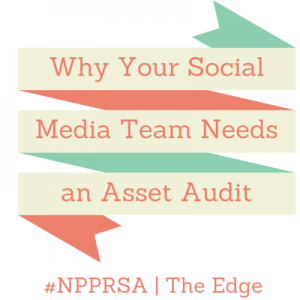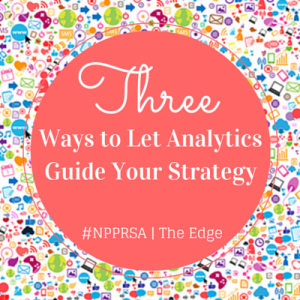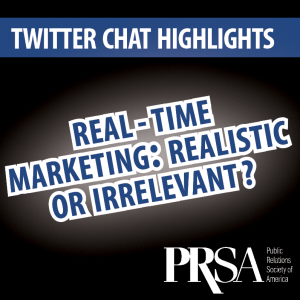 It’s Taco Tuesday, and you and your friends want to make some delicious margaritas. You make a list of ingredients, and check your kitchen to see what you already have. You jot down what you’re missing and head to the grocery store.
It’s Taco Tuesday, and you and your friends want to make some delicious margaritas. You make a list of ingredients, and check your kitchen to see what you already have. You jot down what you’re missing and head to the grocery store.
Without even realizing it, you just did a type of audit. You identified what you needed, what you already had and what you still needed to get.
Whether your social media team is relatively new or made of more seasoned professionals, there is incredible value in taking the same approach when it comes to content for your social channels. An asset audit helps you identify what content you need, what already exists within your company and identify gaps that your social media team need to fill.
So how does this identification process work? It’s simple: Make a “wish list” of assets and think through who touches that type of content at your company. Here are a few ideas to help you get started:
Photos. Who else takes photos within the organization? Is there an archive of photos and headshots (with the necessary release forms)? If yes, see if you can get access. If not, consider developing a common drop location for people within your organization to submit photos.
Written Content. Your social media team might be new, but your company has probably been writing stuff for quite some time. Think about websites, brand publications, white papers and e-newsletters. Reach out to the individuals who manage the content to identify opportunities for collaboration. Not only does repurposing content save time, but it also brings consistency to your company’s messaging.
Icons and Custom Visuals. In social media, we always need new visuals and graphics whether it’s cover photos, Facebook posts, infographics, presentations or more. Whatever it might be, it’s a heck of a lot easier to create quick graphics if you have a custom library of icons and other visuals to pull from. If your company doesn’t have custom icons, there are a lot of free icons and open source icon sets out there as long as you follow the correct attributions.
Video. Has your company created videos in the past? If so, where does the raw footage live? You might be able to pull b-roll, or just audio that could be repurposed for a new podcast. If you can’t find existing footage, make a list of all the evergreen b-roll that you’d like to have on file and set aside time for capturing it.
Spokespeople. Executives and subject matter experts can be a huge asset as you look to position your company as a thought leader and trusted expert within your industry. Think of all the potential spokespeople at your company. Are there any that might be interested in guest blogging? Being the expert for a Twitter chat or video series? Consider developing a spokesperson database with titles, bios, expertise and what social media opportunities they’d be interested in.
Taking an asset audit and organizing your company’s content resources can be a long process, especially if you’re a social media team of one. However, putting in the work up front will save you countless hours in the long run.
Have you ever done an asset audit? Have any suggestions on how to effectively manage an organization’s content? Share your ideas below!
 Carly Getz is a public relations and social media professional, and works to integrate the two in her current position at Blue Cross Blue Shield of Michigan. When she’s not exploring digital tools and trends, Carly is most likely to be spotted dancing, traveling, or cheering on the Syracuse basketball team. She’s an active member of PRSA, IABC Detroit, Toastmasters International and Social Media Club Detroit. Connect with Carly on LinkedIn or Twitter (@cpgetz).
Carly Getz is a public relations and social media professional, and works to integrate the two in her current position at Blue Cross Blue Shield of Michigan. When she’s not exploring digital tools and trends, Carly is most likely to be spotted dancing, traveling, or cheering on the Syracuse basketball team. She’s an active member of PRSA, IABC Detroit, Toastmasters International and Social Media Club Detroit. Connect with Carly on LinkedIn or Twitter (@cpgetz).








